Table of Contents
What Is Curry?
Curry is a versatile blend of spices used across global cuisines, originating from the Tamil word "kari" meaning sauce or gravy. It is not a single spice but a customizable mixture of ingredients like turmeric, cumin, coriander, and chili peppers, adapted to regional tastes from South Asia to Southeast Asia and beyond. Modern curry powders and pastes have evolved through cultural exchange, with British colonial influence popularizing standardized blends in the 18th century.
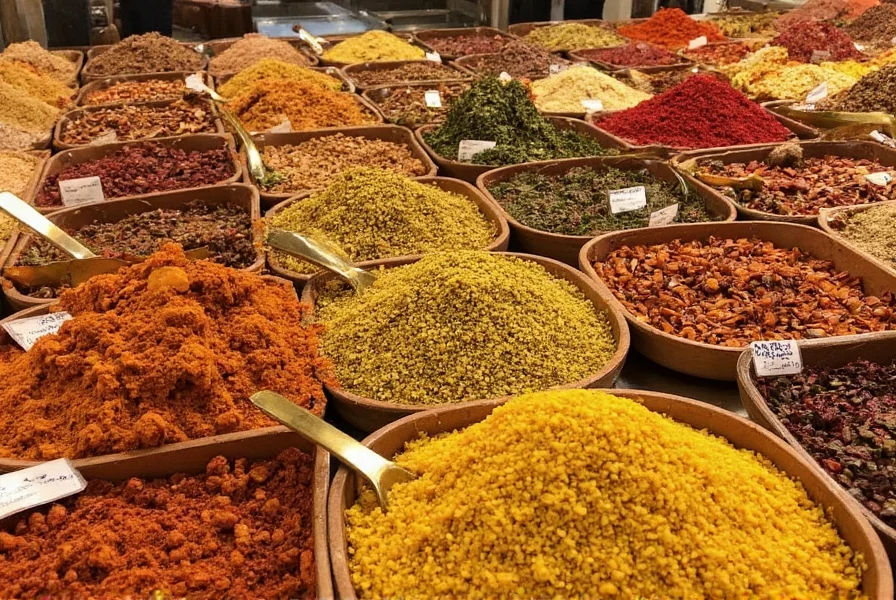
Types of Curry
Curry varieties differ by region, ingredients, and preparation methods. Key categories include:
- Thai Yellow Curry: Mild and aromatic, featuring turmeric, lemongrass, and coconut milk.
- Thai Green Curry: Spicy and fresh, made with green chilies, kaffir lime leaves, and coconut milk.
- Thai Red Curry: Bold and hot, using dried red chilies and aromatic herbs.
- Indian Korma: Creamy and mild, with yogurt, nuts, and aromatic spices.
- Indian Rogan Josh: Rich and fragrant, featuring lamb, yogurt, and Kashmiri spices.
| Type of Curry | Origin | Key Ingredients | Flavor Profile |
|---|---|---|---|
| Thai Yellow Curry | Thailand | Turmeric, lemongrass, coconut milk | Mild, aromatic |
| Thai Green Curry | Thailand | Green chilies, kaffir lime leaves, coconut milk | Spicy, fresh |
| Thai Red Curry | Thailand | Dried red chilies, lemongrass, coconut milk | Hot, bold |
| Indian Korma | India | Yogurt, almonds, cardamom | Creamy, mild |
| Indian Rogan Josh | India | Lamb, Kashmiri chilies, fennel | Rich, aromatic |
Curry in Culinary Practice
Curry preparation emphasizes layering flavors through proper technique. Traditional methods include toasting whole spices to release essential oils, creating balanced heat levels, and incorporating regional ingredients like tamarind for sourness or palm sugar for sweetness. Authentic curry dishes often use fresh ingredients and avoid pre-made pastes for optimal flavor complexity.
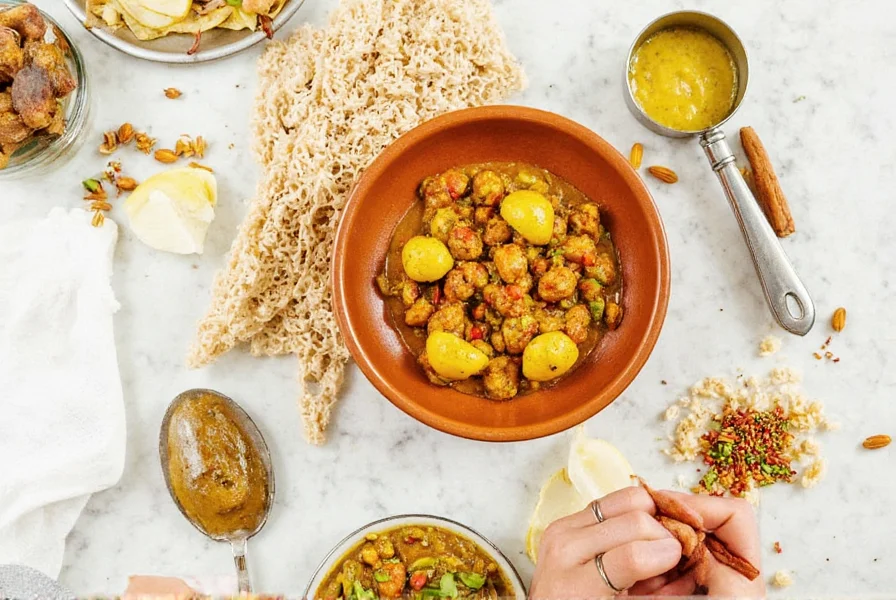
Curry Buying Guide
Selecting the right curry product depends on your cooking needs and regional authenticity goals:
Curry Powder
Features: Dry blend of ground spices like turmeric, cumin, and coriander.
Advantages: Versatile for quick meals and beginner-friendly.
Use Cases: Ideal for soups, stews, and roasted vegetables.
Target Audience: Home cooks seeking convenience.
Suitable Occasions: Weeknight dinners and casual meals.
Curry Paste
Features: Wet paste with fresh herbs, chilies, and ground spices.
Advantages: Authentic Thai flavors with minimal prep time.
Use Cases: Thai curries, marinades, and stir-fries.
Target Audience: Intermediate cooks valuing authenticity.
Suitable Occasions: Special dinners and weekend cooking projects.
Garam Masala
Features: Warm spice blend used as a finishing touch in Indian cuisine.
Advantages: Enhances depth without adding heat.
Use Cases: Indian curries, dals, and rice dishes.
Target Audience: Experienced cooks seeking nuanced flavors.
Suitable Occasions: Holiday meals and formal dining.
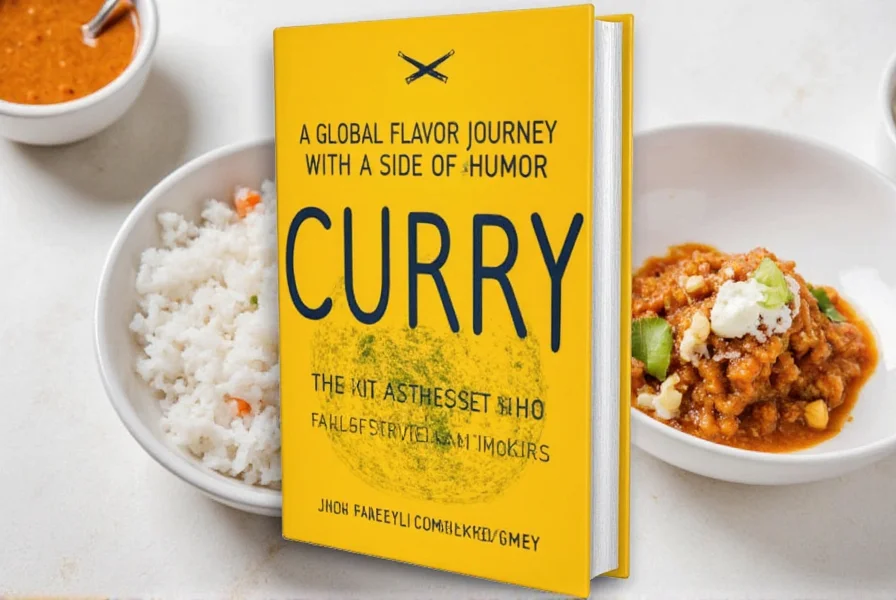
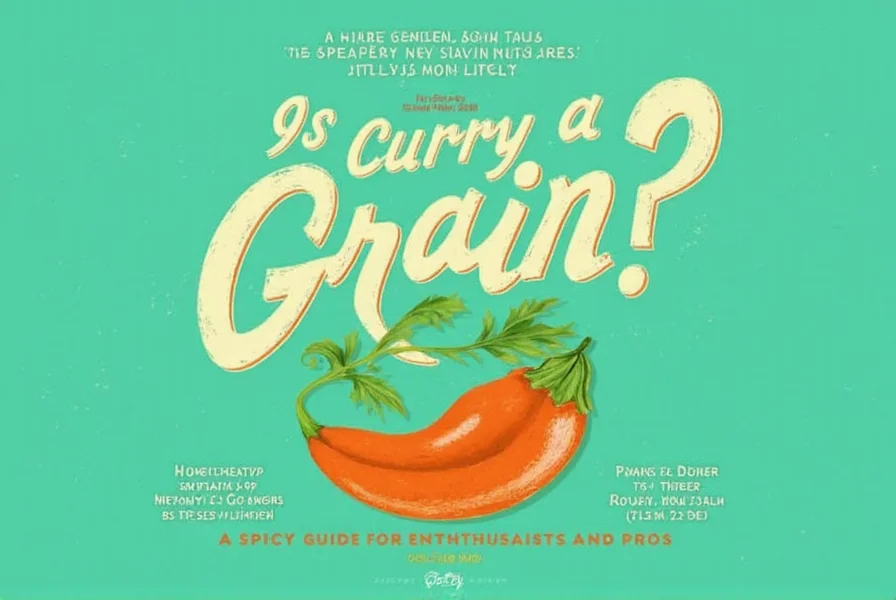
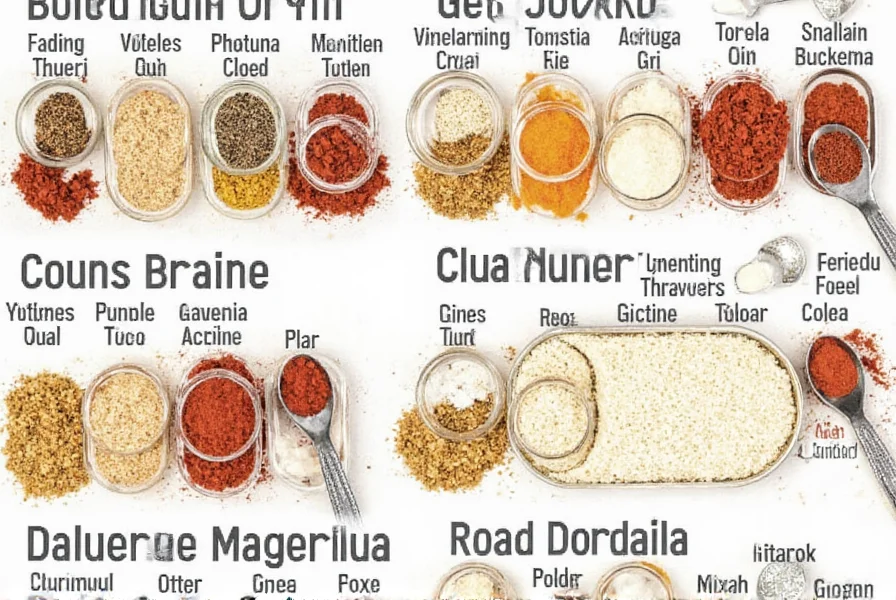
Practical Tips for Using Curry
Maximize flavor with these expert techniques:
- Toast Whole Spices First: Heat cumin, coriander, and cardamom in a dry pan before grinding to unlock full aroma.
- Balance Heat with Dairy: Add coconut milk or yogurt to tame excessive spiciness while maintaining flavor complexity.
- Use Fresh Aromatics: Ginger, garlic, and lemongrass should be freshly minced for optimal taste.
- Layer Ingredients Properly: Sauté onions first, then add spices, followed by protein and liquids for even flavor distribution.
- Store Correctly: Keep spices in airtight containers away from light and heat to preserve potency for up to 6 months.
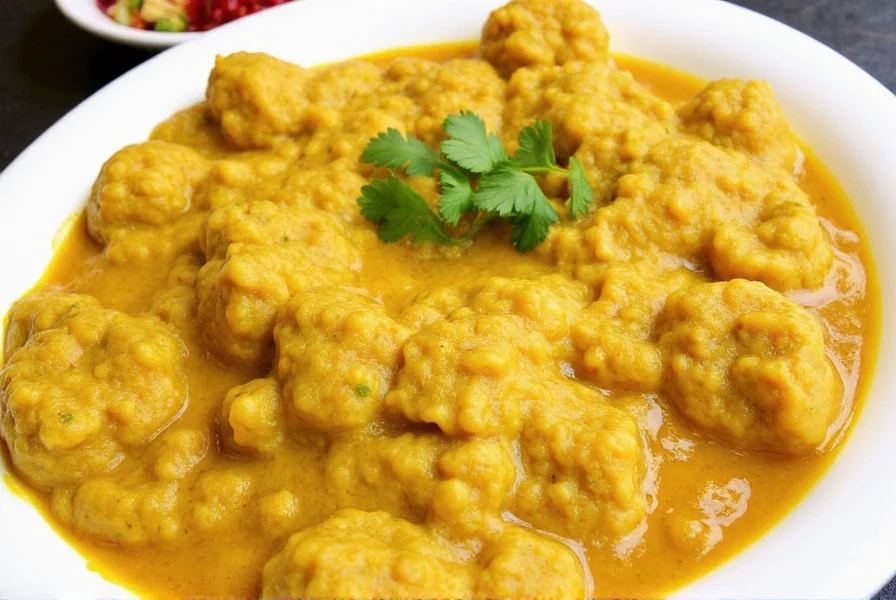
Frequently Asked Questions About Curry
What is the origin of curry?
The term "curry" derives from the Tamil word "kari," meaning sauce. While spice blends existed in ancient India, standardized curry powders were developed during British colonial rule in the 18th century to replicate Indian flavors for Western markets.
How do curry powder and curry paste differ?
Curry powder is a dry blend of ground spices, while curry paste contains fresh herbs, chilies, and oils. Paste offers more authentic Thai flavors with minimal prep, while powder provides versatility for quick Western-style dishes.
Is garam masala a type of curry?
No, garam masala is a distinct spice blend used in Indian cuisine as a finishing touch. It complements curries but is not a curry itself. Its warm notes of cinnamon, cardamom, and cloves enhance dishes without the heat of traditional curry blends.
What makes Thai and Indian curries different?
Thai curries rely on fresh herbs (lemongrass, galangal) and coconut milk for bright, aromatic flavors, while Indian curries use dry spices and yogurt/tomato bases for deeper, earthier profiles. Thai curries emphasize balance between sweet, sour, salty, and spicy, whereas Indian curries focus on complex spice layering.
Can I make authentic curry at home without specialty ingredients?
Yes! Start with basic spices like turmeric, cumin, and coriander. For Thai curries, substitute fresh lemongrass with lemon zest, and use coconut milk for creaminess. While authentic ingredients enhance flavor, creative substitutions can still produce delicious results.
Conclusion
Curry represents a dynamic culinary tradition spanning thousands of years, with regional variations reflecting local ingredients and cultural influences. Understanding its origins and proper usage transforms simple spice blends into transformative cooking tools.
By selecting the right products for your needs and mastering fundamental techniques, you can confidently create restaurant-quality dishes at home. Whether exploring Thai green curry's vibrant freshness or Indian korma's creamy richness, curry offers endless possibilities for culinary adventure.
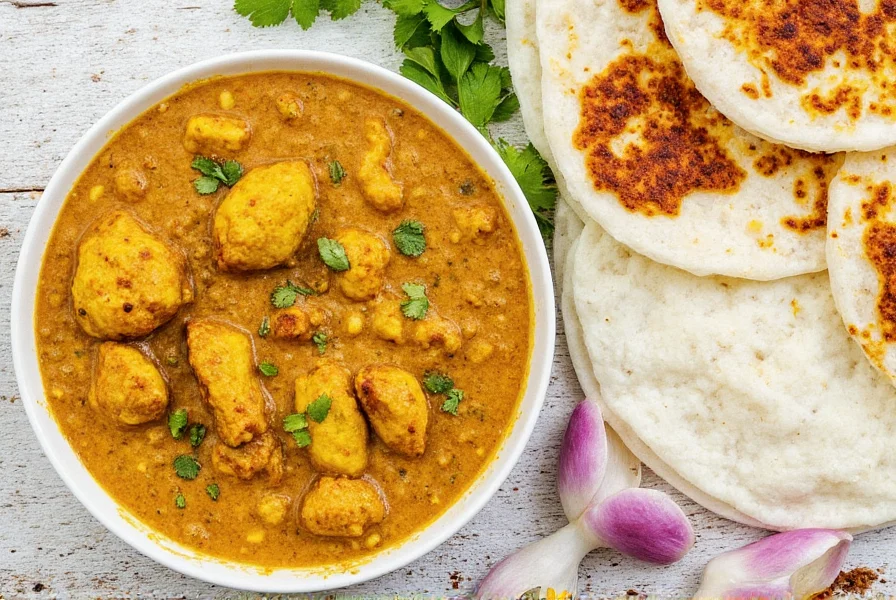
As a chef with over 15 years of experience in Indian and Thai cuisine, I've seen how proper curry preparation can elevate everyday meals. The key is respecting the balance of flavors and using quality ingredients—whether store-bought or homemade—to honor this rich culinary heritage.

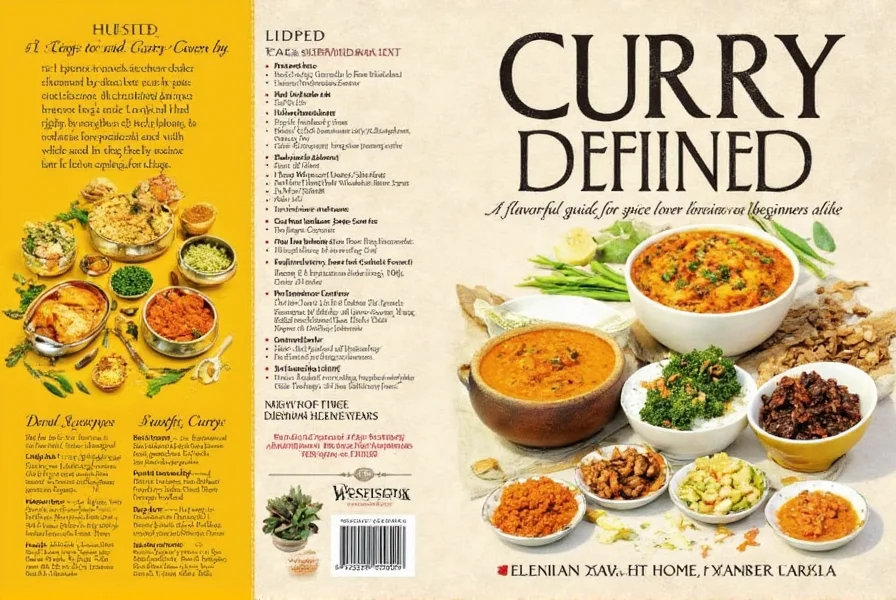









 浙公网安备
33010002000092号
浙公网安备
33010002000092号 浙B2-20120091-4
浙B2-20120091-4